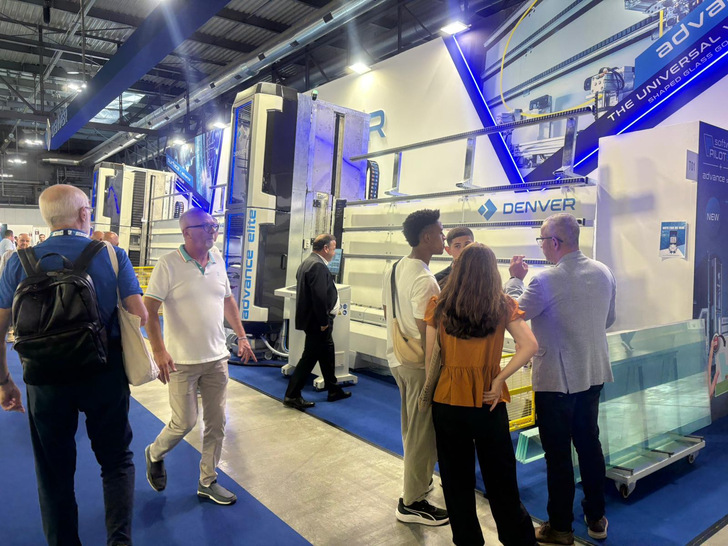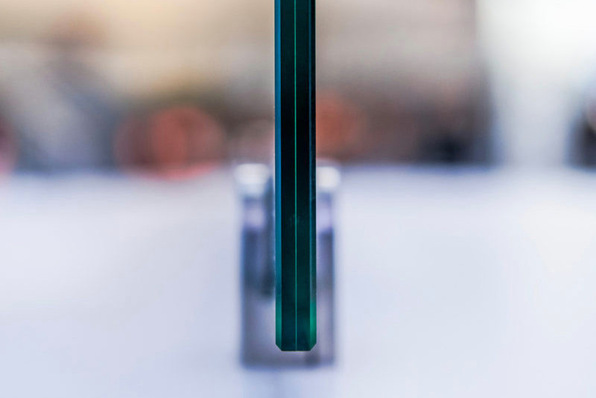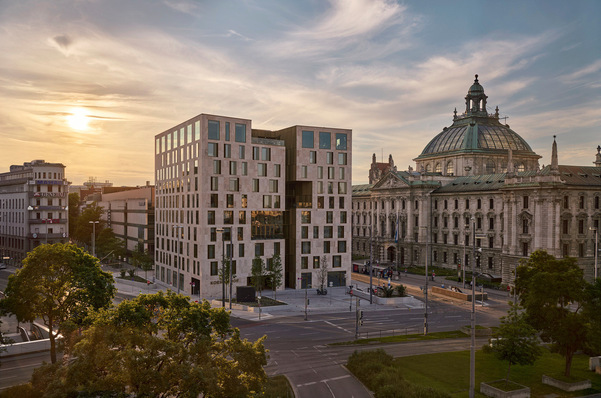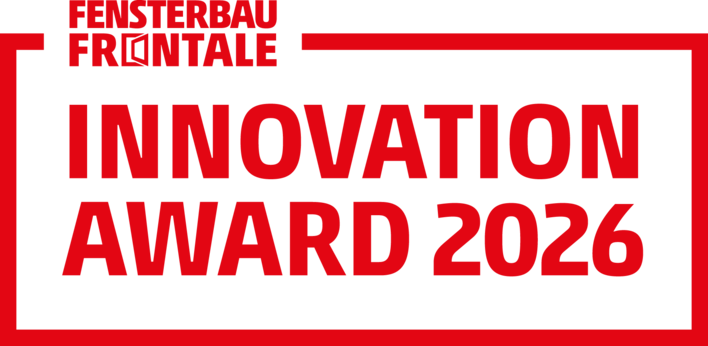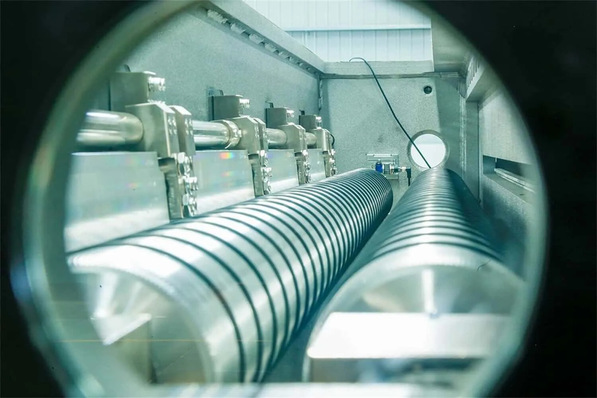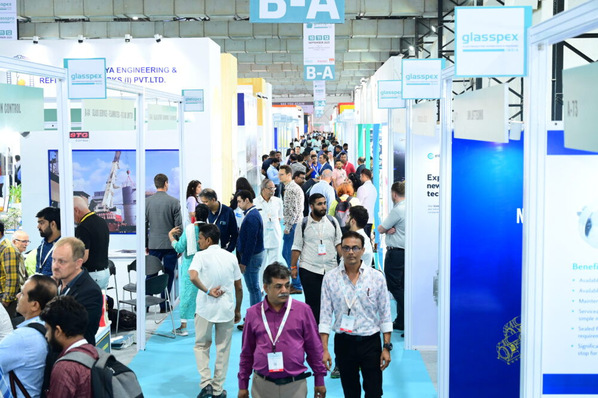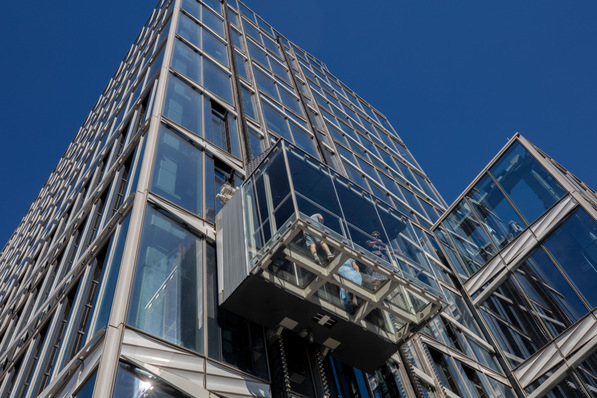At Vitrum 2025, major players such as Saint-Gobain, Pilkington, Forel, Hegla, Glaston, and Forel took the opportunity to present their latest solutions – from innovative production lines to digitalization and automation to AI-supported processes and energy-efficient glass processing.
New trade fair concept: Focus on dialogue and development
The new trade fair management under Lucia Masutti, General Manager of GIMAV and Vitrum, is pursuing a new concept: moving away from a pure product show towards an integrated industry platform. The aim is to bring together the entire supply chain – technology manufacturers, glass processors, research facilities, and institutions – and to promote dialogue on current challenges such as sustainability and ecological transformation, artificial intelligence, and new export markets.
This time, the supporting program included new export sessions on markets such as Morocco, Turkey, Saudi Arabia, and India, designed to help exhibitors and buyers implement specific projects in these markets directly.
From ultra-thin glass to mobile laser technology
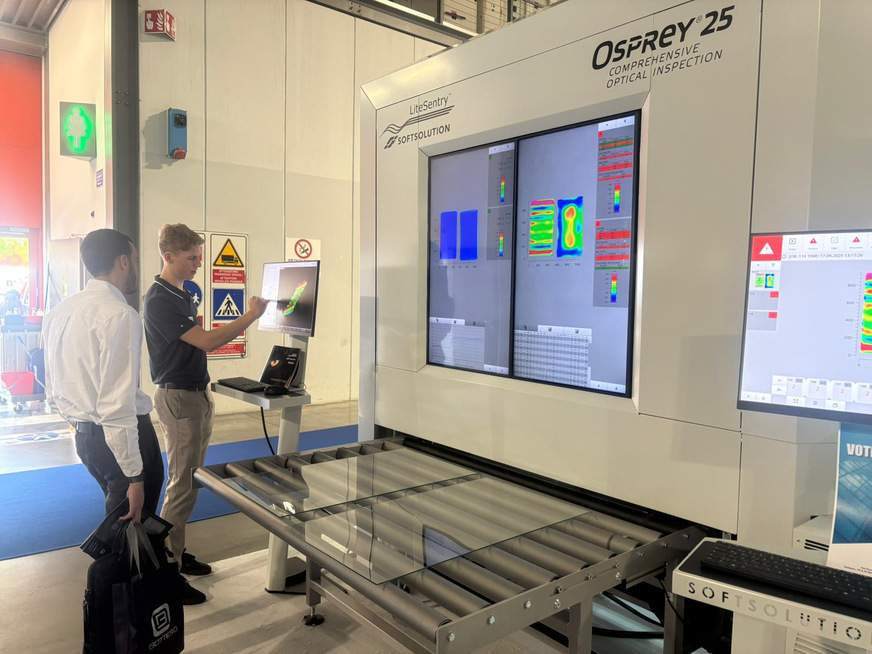
Matthias Rehberger / GW
The exhibitors focused on automation, the use of AI, and the further increased energy efficiency of many systems. The manufacturers' machines and systems showcased the latest state of the art, and the systems on site featured numerous detailed improvements.
At Softsolution – LiteSentry, the Osprey 25 for optical glass inspection celebrated its European premiere.
Systron also had a premiere to show with the new proMD, a vertical machining center for milling and drilling.
Hegla presented the Galactic TG for a cutting table for ultra-thin glass and float glass. This system can be used to cut center panes that are only 0.5 mm thick for the new thin glass IGU standard. Another exciting feature at Hegla boraident was a mobile laser unit combined with a robot arm, which can be used to automatically retrofit glass in existing facades, for example with bird protection functions or improved mobile phone reception.
Forel, which had the largest stand at the trade fair, impressed visitors with two complete lines, one for insulating glass and another for glass processing.
Glaston presented new tempering techniques and an IGU line for the production of thin triple IGU. In addition, a new 2-component silicone for IGU production was on display at the H.B. Fuller | Kömmerling stand.
Adelio Lattuada presented a new grinding machine, which was specially designed as a trade fair model and combined with a robot to enable high-speed glass processing.
Quality over quantity among visitors

Matthias Rehberger / GW
There was positive feedback from exhibitors: “Our expectations were significantly exceeded,” said Bernhard Hötger, CEO of the Hegla Group.
The calmer atmosphere at Vitrum 2025 enabled intensive discussions that are often neglected at other trade fairs.
For many exhibitors, it is not so much the number of visitors that is decisive, but rather the quality of the contacts and the opportunity to discuss real investment projects with interested parties. In addition, the Italian trade fair attracted trade visitors from Southeast Europe and the Iberian Peninsula, as well as from Africa and the Arab region, markets that are becoming increasingly interesting for domestic machine suppliers.
Outlook
Vitrum 2025 clearly showed that the glass industry is facing a major transformation characterized by digitalization, automation, AI, and sustainability, which is opening up new markets for the industry.
The trade fair was smaller and more focused than before, demonstrating that it is crucial to have the right decision-makers and buyers on site. With this in mind, Vitrum remains one of the most important trade fair platforms for the international glass industry.
Matthias Rehberger
For more impressions, see our slide show by clicking here.
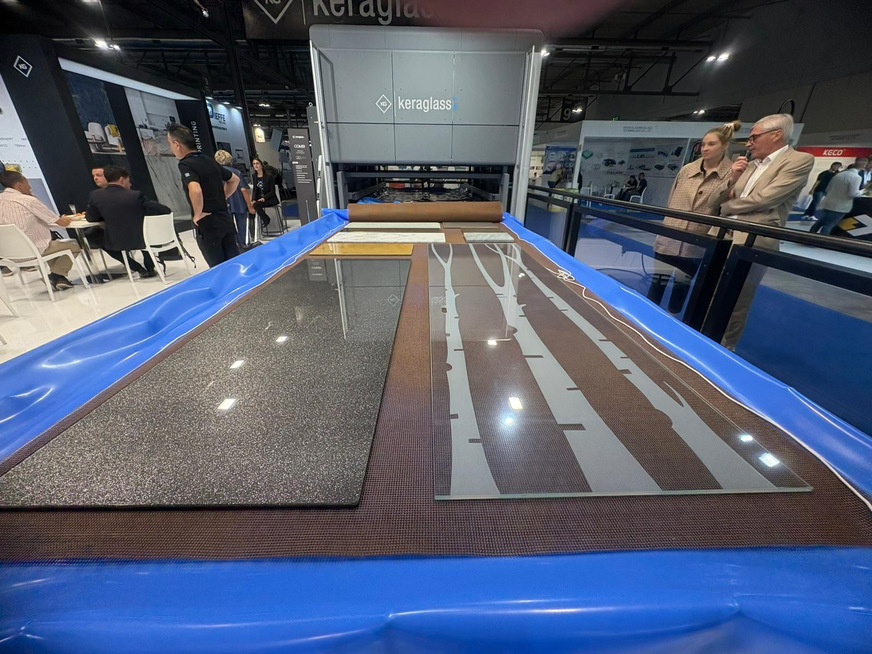
Matthias Rehberger / GW







